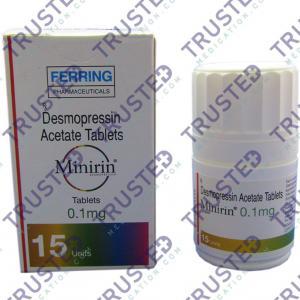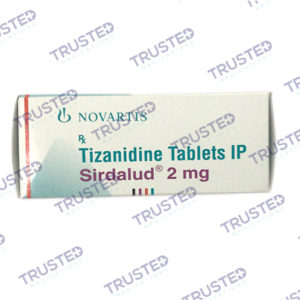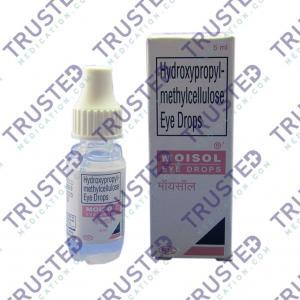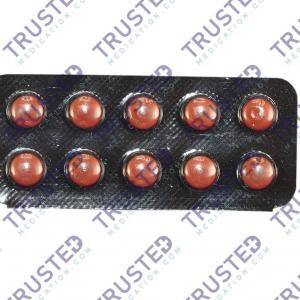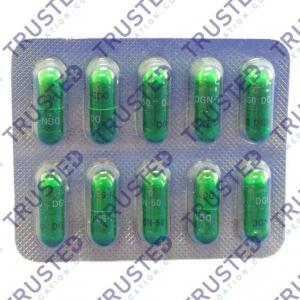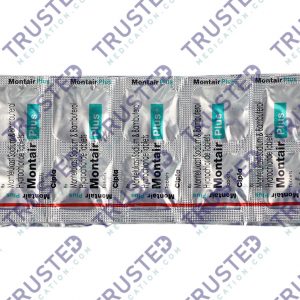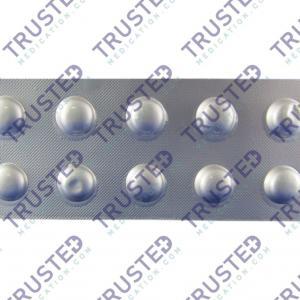
Conn’s Syndrome is a rare health problem. It is more common in females than in males. It can happen at any age, but more often in people in their 30s and 40s. Depending on the type of Conn’s Syndrome and the severity of the symptoms you have the treatment may vary.
What is Hyperaldosteronism?
Hyperaldosteronism occurs when your adrenal glands produce too much aldosterone. As a hormone, aldosterone regulates your blood pressure by controlling your potassium and sodium levels. In your endocrine system, you have adrenal glands. These cells produce hormones that your body needs to function daily. A kidney and an adrenal gland are located on each side of your body.
There are two main types of hyperaldosteronism:
- Primary hyperaldosteronism (Conn’s syndrome): An issue within your adrenal glands that causes them to release too much aldosterone.
- Secondary hyperaldosteronism: An issue somewhere else in your body that causes your adrenal glands to make too much aldosterone.
To diagnose you with this condition, the health care provider will perform a physical exam and ask about your symptoms. Tests that may be recommended are:
- ECG (electrocardiogram)
- Abdominal CT scan
- Blood renin activity
- Blood potassium level
- Blood aldosterone level
- Kidney ultrasound
- Urinary aldosterone
It is sometimes necessary to perform blood and urine tests after eating a high salt diet or after receiving saline through an IV (intravenous). Some medicines may need to be stopped before the tests. Your provider will tell you what to do before the procedure.
In another procedure, a catheter is inserted into the veins of the adrenal glands. The test helps determine which of the two adrenal glands is producing too much aldosterone. People with small benign tumors in the adrenal glands that do not produce hormones need this test. If you rely solely on a CT scan, you may remove the wrong adrenal gland.
What Causes It?
Most cases are random, but some are passed down from a parent. Conn’s Syndrome could be because of a tumor on the adrenal gland. It may be caused by an odd growth in both adrenal glands known as bilateral adrenal hyperplasia. Both health problems cause too much aldosterone to be released. Sometimes too much aldosterone is caused by another health issue that lowers blood flow to the kidney. For instance:
- Pregnancy
- Fluid loss
- Shock
- Kidney artery narrowing
- Heart failure
- Liver disease
- Some kidney tumors
These cases are called secondary hyperaldosteronism. The term is used because the extra hormone is not from a problem with the adrenal gland.
Signs of Hyperaldosteronism

The most common sign of hyperaldosteronism is high blood pressure. It is usually hard to control and treat and doesn’t respond to medication. At times, people with hyperaldosteronism take four or more types of blood pressure pills, which don’t seem to help.
High blood pressure can cause other symptoms, including the following:
- Blurry vision
- Headaches
- Heart problems
- Dizziness
Hyperaldosteronism can also cause low potassium. Insufficient potassium can cause problems, especially with your muscles. Symptoms include the following:
- Weak muscles
- Cramps
- Numbness
- Temporary paralysis
- Tingling
Aldosterone manages your fluids and electrolytes, you might also experience the following:
- Being very thirsty
- Feeling weak and dizzy
- Peeing more often
- Waking up often to pee
Some people who have hyperaldosteronism don’t have any symptoms.
Medications for Hyperaldosteronism
Primary hyperaldosteronism caused by an adrenal gland tumor is often treated with surgery. It can sometimes be treated with medications. Removing the adrenal tumor may control the symptoms. Even after surgery, some people still have high blood pressure and need to take medicine. At times, however, the number of medications or doses can be lowered. Limiting salt intake and taking medication may control the symptoms without surgery.
Medications to treat hyperaldosteronism include:
- Diuretics (water pills), help manage fluid buildup in the body
- Drugs that block the action of aldosterone
Secondary hyperaldosteronism is treated by limiting salt intake. Surgery is usually not used.
Recommended medication:
Spironolactone – this is an aldosterone receptor antagonist that helps reduce the amount of aldosterone in the body. Specifically, this prescription is used for the treatment of heart-related conditions like:
- High blood pressure
- Prevents excessive potassium in the blood
- Edematous disorders including congestive cardiac failure
- Primary aldosteronism
- Hirsutism in females

